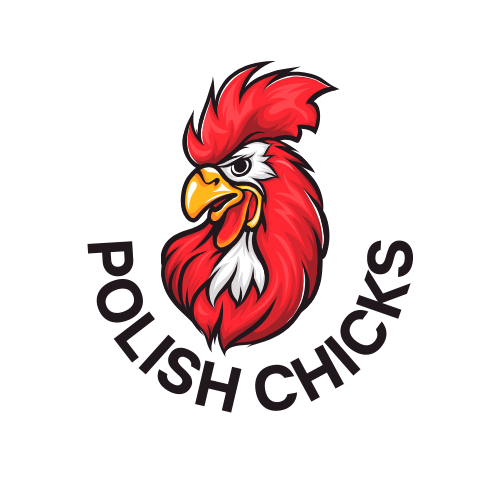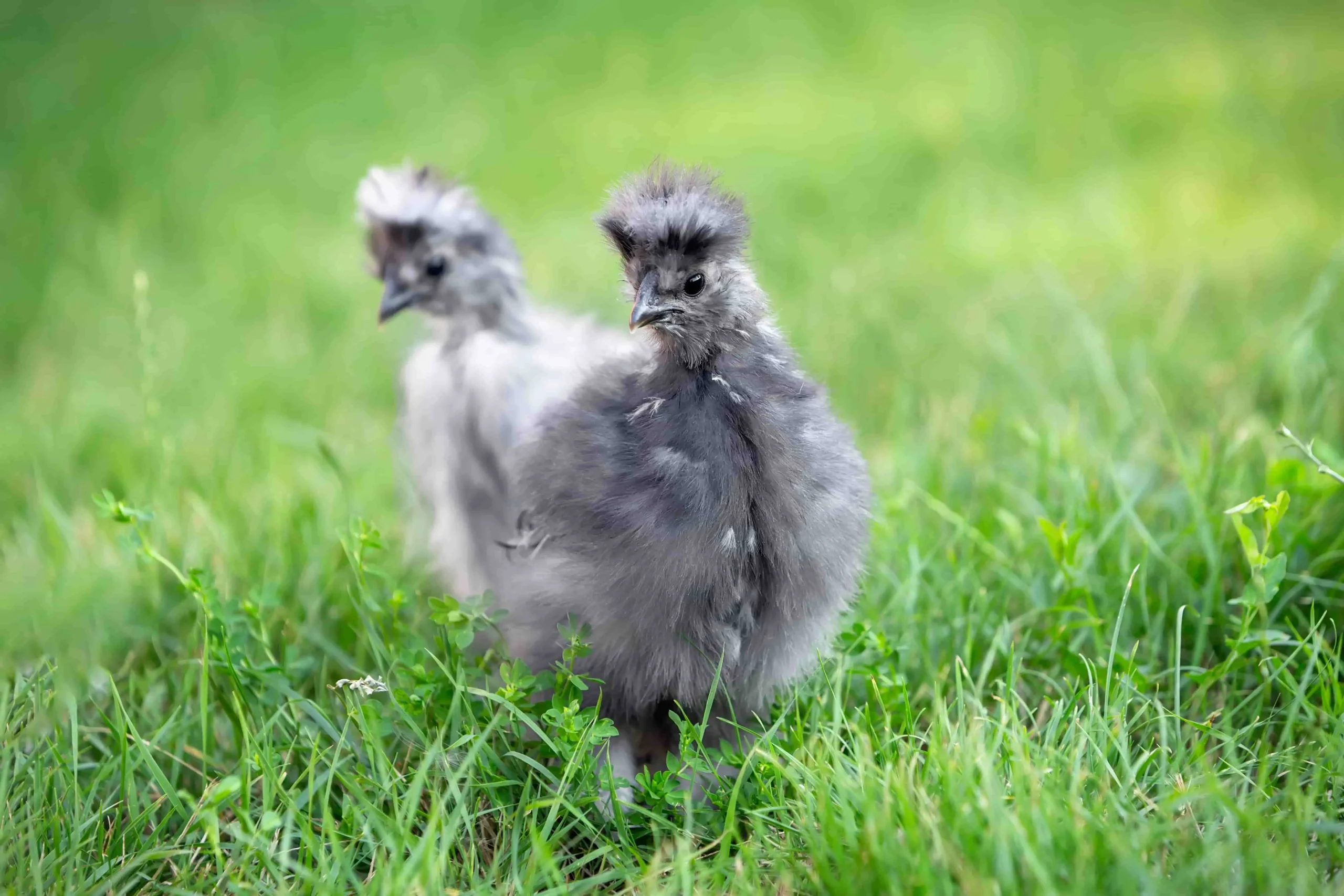Polish Silkie Chicken: Unique & Fluffy Breed
Table of Contents
Introduction:
The first thing that comes to mind when being a chicken lover is the physical appearance of chickens. Polish Silkie chickens stand out from the rest because of their fluffy feathers, distinct whimsical appearance, temperament, and fancy crests on their heads.
This breed has a fascinating history because these chickens come from ancient China! That’s why they also have an extraordinary cultural significance and a pleasant and friendly nature.
This article covers the exciting history, cute personality traits, and practical care tips for Polish Silkie chickens. Let’s dive into this article and learn more about these special feathered friends!
History and Origin
The Polish Silkie breed is from somewhere other than Poland, as many people might think. It originated in Eastern Asia, possibly from China during the Han Dynasty (206 BC to 220 AD), and later gained popularity in Europe. That’s why the breed has such a long and fascinating history that spans centuries.
This breed’s name, “Silkie,” comes from its connection to China’s ancient silk trade, the oldest and most famous trade route known as the “Silk Road.” Later, this historical route brought the Polish Silkie chicken to Europe.
Region Based Historical Significance
| Region | Historical Significance or Anecdotes |
| China | Associated with Royalty |
| Europe | Popular among the Aristocracy |
| United States | Gained popularity as an ornamental breed |
| Middle East | Some variations of Silkies considered as good luck charms |
| South America | Increasing popularity as backyard pets in recent years |
Polish Silkie Chicken Physical Traits
The feature that makes them quite fascinating is the silky texture of the feathers of silkie polish chickens, and their feathers look like fur rather than the typical feathers we see on other poultry. They are loved for how pretty they look and attract people because of their distinct, whimsical appearance.
They won’t take up too much space and will bring a lot of charm to your yard. People who are chicken lovers keep them in their backyards and enjoy having these unique breeds.
| Characteristics | Description |
| Breed Name | Polish Silkie Chicken |
| Size | Small to medium-sized |
| Weight | Cock: 2-3 pounds, Hen: 1.5-2.5 pounds |
| Plumage | Soft, fluffy, and silky-feathered |
| Color Varieties | Black, White, Blue, Buff, Partridge, Splash, and more |
| Crest | Distinctive crest of feathers on the head |
| Beard and Muff | Bearded with a muff under the beak |
| Egg Production | Moderate, approximately 150-200 small cream-colored eggs |
| Temperament | Docile, friendly, and easily handled |
| Broodiness | Often broody, good mothers |
| Hardiness | Hardy in various climates |
| Purpose | Ornamental, show, and as pets |
| Unique Features | Five toes on each foot, blue earlobes |
| Lifespan | 5-10 years |
Unique Physical Characteristics
Feathery Elegance:
The feathers of the Polish Silkie breed are very silky and soft to the touch, and they have a unique fluffiness and rounded appearance. The texture of these feathers sets them apart from other breeds, which is why they are a favourite among chicken lovers.
Color Varieties:
These adorable silkies come in a wide range of colours, making them even more attractive than other breeds. They are not limited to colours like white, black, and blue; they also come in different colours like partridge, splash, buff, lavender, cuckoo, and birchen.
Created Head:
Another unique and adorable feature that adds to their charm is the fluffy crests on their heads. Taking care of their health and appearance is essential to maintain the charm of their crested heads.

Temperament and Behavior
Friendly Nature
This breed is known for its gentle and friendly nature, so people love keeping them in their backyard: chicken lovers or those who want to keep them as pets especially appreciate their friendly and calm demeanour.
Breed Interaction
Polish Silkie chickens quickly adapt to their environment and easily get along with other breeds. They have a pleasant and cooperative attitude when placed in mixed flocks, creating a harmonious environment.
Handling Tolerance
Some chickens are not human-friendly, which can be challenging to manage. However, these hens have an amicable nature. That’s why people who enjoy interacting with chickens want their companionship.
Egg Sitting Behavior
These hens have fantastic egg-sitting behaviour, gently moving and adjusting their eggs to prevent harm. This natural behaviour enhances their qualities and benefits the reproductive system of the flock.
Housing and Care
Coop Essentials
- Space Needs: As a chicken lover I have an ample space in their coop to move freely for their well-being.
- Nesting & Roosting: These chickens need a healthy environment with proper nesting boxes and roosts to enhance their reproductive system and meet their other needs.
Diet Guidelines
- Silkie Diet: To fulfil the nutritional needs of Polish Silkie Chickens, they require a well-balanced diet consisting of high-quality feed with greens and grains. Which helps prevent them from getting sick.
- Feather Nutrition: To maintain the health of their feathers, these hens require the nutrient biotin and proper grooming practices. Which helps keep their feathers soft and silky, one of their unique characteristics.
Health Management
- Health Risks: The common health issues I faced in this breed were respiratory infections and mites. It is essential to treat them immediately, as neglecting them could pose a risk to their life.
- Preventive Care: A balanced diet and a clean environment are crucial for this silkie breed. Regular deworming and taking preventive measures against common poultry diseases are necessary. Regular veterinary check-ups are also recommended to address any health issues promptly.
Breeding and Reproduction
Breeding Insights
- Breeding Pair Selection: It is crucial to know about the breeding of these chickens when considering a breeding pair. Without proper knowledge, there is a risk of genetic health issues and uncertainty about the traits and compatibility of the offspring.
- Incubation Guidance: Incubation is very important, so you need to maintain a specific temperature and humidity. It is recommended to seek guidance from an incubation expert to avoid unfavourable results. Turn the eggs regularly and monitor them until they reach the hatching stage. Also, create a safe environment for the chicks.
Chick Rearing
- Brooding Essentials: Essential things to remember for brooding include providing a warm, secure, and controlled area. As the chicks start growing, gradually reduce the heat to protect them from any potential harm.
- Chick Development: Since Polish silkie chicks cannot eat and drink independently, providing them with clean water and food that suits their needs is essential. Regularly monitoring their health issues and ensuring proper growth are also necessary. It is also important to socialize them with their environment.
Challenges and Considerations
Polish Silkies Raising Challenges
- Predator Risks: Because of their fluffy feathers, Polish Silkie chickens have reduced vision, making getting caught in a predator’s trap easier. So, it’s essential to provide them with a safe environment.
- Feather Care: The most common challenge in grooming polish hens is protecting their feathers from wet weather to prevent infections and avoid them getting a cold.
Legal Ethics
- Poultry Laws: Legally, you must follow poultry laws, including zoning and noise regulations.
- Ethical Care: Good space, proper care, and social interaction are necessary for Silkie Polish Chickens. And those who have an interest in keeping them should understand that it requires a long-term commitment to their health, as neglect can have a negative impact.
Environmental Impact
- Resource Use: A proper diet, clean water, and a clean living space contribute to their resource consumption. Although Polish Silkie chickens are miniature, they still require these things.
- Waste Handling: If you’re running a poultry farm or keeping Silkies at home, waste management is essential to prevent soil and water pollution. It’s important to take the necessary steps to address this issue.
Conclusion
Polish Silkie Chickens are famous for their unique feather texture, distinctive appearance, and friendly nature. Whether you keep them in a rural or urban environment, providing them with clean and suitable living space is what matters. This breed has always stood out in hobbyist and sustainable farming practices.
Regarding the future outlook, this breed is a friendly and adaptable choice for both poultry farms and chicken enthusiasts at home.
FAQs
1. What color eggs do Polish silkies lay?
Polish Silkie chickens lay eggs that are usually a pale brown to slightly off-white, but It’s hard to determine the exact shade.
2. What is the lifespan of a Silkie chicken?
If you provide them with proper care, such as ideal conditions and a good diet, Polish Silkie hens can live for about 5 to 10 years.
3. What are Polish chickens known for?
Polish Silkies are known for their attractive and unique feather crest, a distinguishing feature of this breed.
4. Are Polish hens aggressive?
These chickens have a very calm and gentle nature, but sometimes the feathers around their eyes can cause vision impairment, which can make them nervous or even aggressive at times.

